
The importance of LGBTI Indigenous inclusion
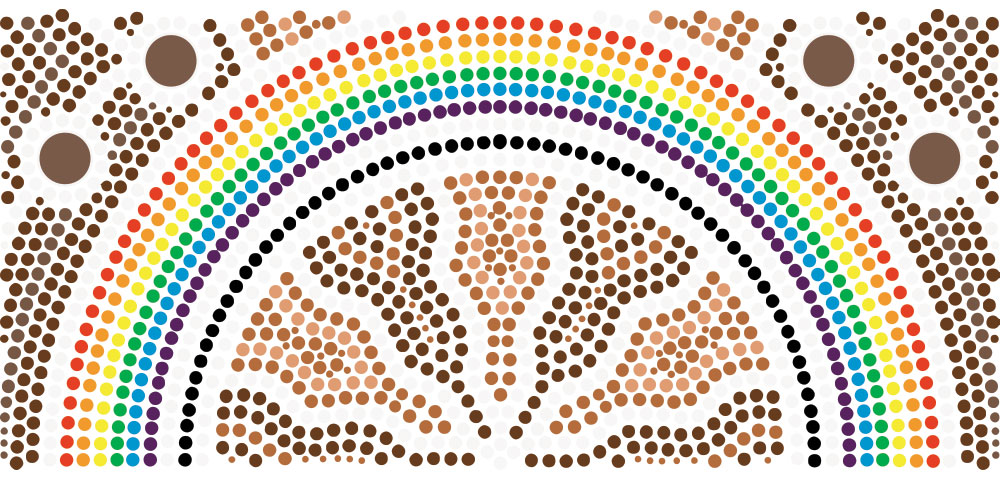
Does LGBTI solidarity include or exclude Indigenous people? For NAIDOC week, Andrew Farrell urges non-Indigenous LGBTI people to look to inclusion.
INDIGENOUS inclusion has been an ongoing issue for non-Indigenous LGBTI communities in Australia.
We live in a diverse system of social and cultural worlds, all of which are performed on Indigenous land. On a practical level, what can you — as non-Indigenous LGBTI people — do to support racially-diverse minorities? Solutions are never really clean-cut, but I want to discuss a practical measure that I believe encourages Indigenous inclusion in LGBTI spaces: acknowledgement of country.
Acknowledgement to country is a protocol that is observed in order to respect that we are always standing on Indigenous lands. It gives recognition and thanks to the local cultural groups and it actively brings awareness of the history of the physical landscape in which we share our ideas. Where applicable, Indigenous people commemorate events with a Welcome to Country in which they represent community and culture and perform cultural duties.
As an Indigenous person first and foremost, I am obliged to be aware of the land I am standing on. As a queer-identified person, I have often felt that I have had to forfeit my cultural identity and its conventions in order to belong. Minority inclusion, awareness, and representation are important for mediating that space. I shouldn’t have to adjust or calibrate my cultural identity in order to exist in the LGBTI community.
The LGBTI community prides itself on being diverse. That diversity is not limited to our sexual and gendered identities. If we do not have a more complex engagement with ideas about ethnic, racial, and cultural diversity within those spaces, we default into essentialist ideas that ignore the fundamental dynamics of our diversity.
In the sistergirl and brotherboy community we advocate for acknowledgement of country in LGBTI spaces as a standard practice. Throughout various health and human rights conferences, I have seen acknowledgement to country consistently mobilised by gender-diverse Indigenous peoples working across LGBTI issues. I myself have presented and have responded to Welcome to Country with an acknowledgement.
By performing acknowledgement in front of non-Indigenous LGBTI people we are re-engaged with ideas about inter-community diversities, fulfilling Indigenous cultural protocols, and reinforcing LGBTI ideas about solidarity, inclusion, and diversity. Most importantly, Indigenous representation, presence, and inclusion assists such events in a way that Aboriginal people may feel comfortable to speak, be heard, and be known.
For the last four months I have had the privilege of teaching and discussing topics of Indigeneity as a tutor in Indigenous Studies at the University of Wollongong (UOW). As an assignment, my students were proactive in reflecting on important Indigenous figures throughout history. Students are also encouraged to perform an acknowledgement of country.
Acknowledgement of country is slowly permeating into all kinds of events and spaces, both Indigenous and non-Indigenous. The protocol is merging into common practice in progressive LGBTI spaces. At UOW, acknowledgement of country is utilised in student-run LGBTI and feminist society organisations on campus. I have been witness to a number of inclusive events whereby LGBTI organisations have agreed to comply with the acknowledgement protocol out of solidarity with Indigenous peoples and have gone so far as to codify its use in policy, for example, in ‘safer spaces’ guidelines. While the practice of acknowledgement had some inconsistencies in its use — not often with malicious intent — others have championed its use and have in some ways normalised its use.
Acknowledgement to country is both a practical and symbolic nod to inclusion. To have it become normalised in spaces outside of Indigenous events is evidence to me of the maintenance of reconciliation which is an LGBTI issue. In the Australian context, LGBTI inclusion and solidarity means nothing without reconciliation. When we meaningfully consider cross-cultural and inter-minority allegiances, we are creating spaces full of potential.
Andrew Farrell is a genderqueer-identified Indigenous person working towards a PhD in Indigenous Studies at the University of Wollongong. Visit Andrew’s blog at: indigblackgold.wordpress.com
_____________
**This story was first published in the June edition of the Star Observer, which is available to read in digital flip-book format. To obtain a physical copy, click here to find out where you can grab one in Melbourne, Sydney, Brisbane, Adelaide, Canberra and select regional/coastal areas.




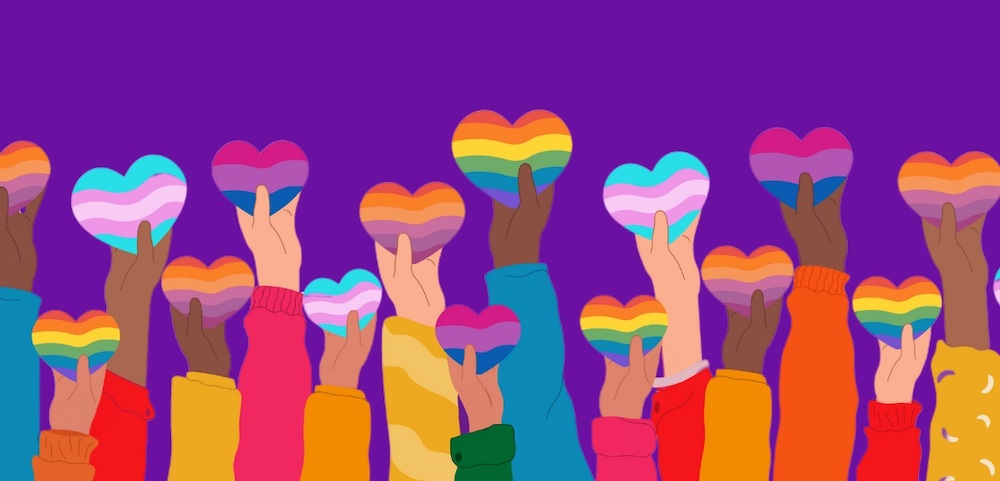
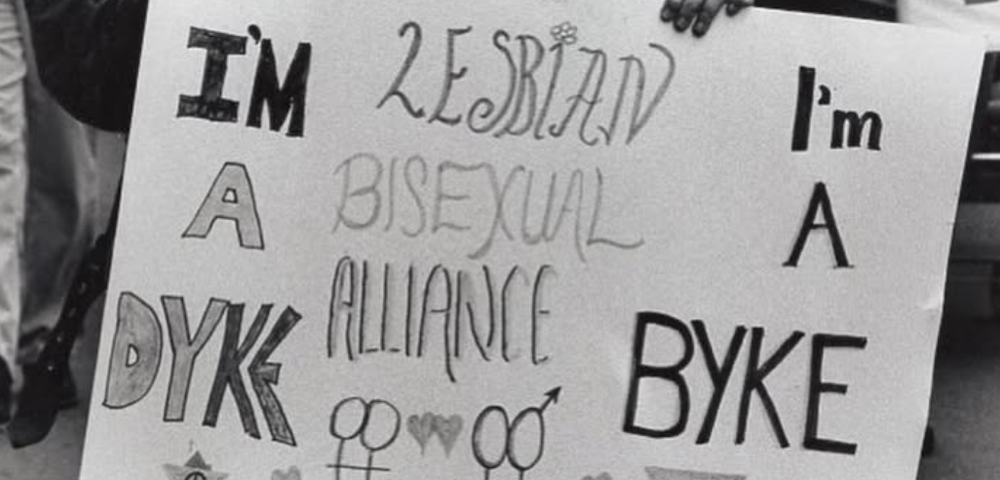
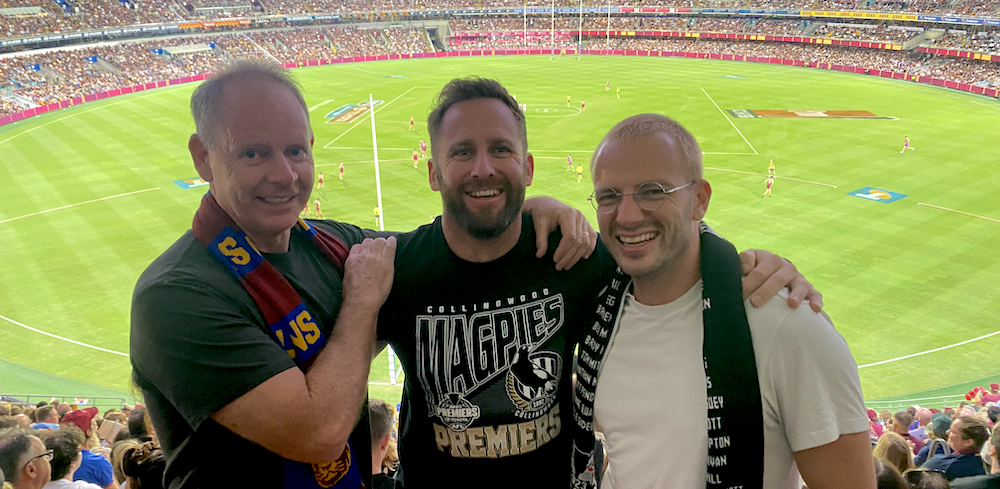
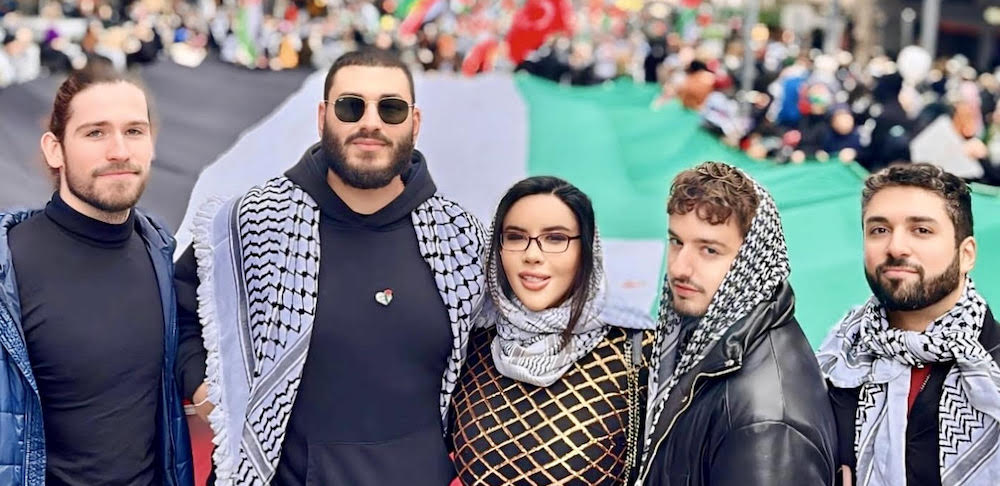
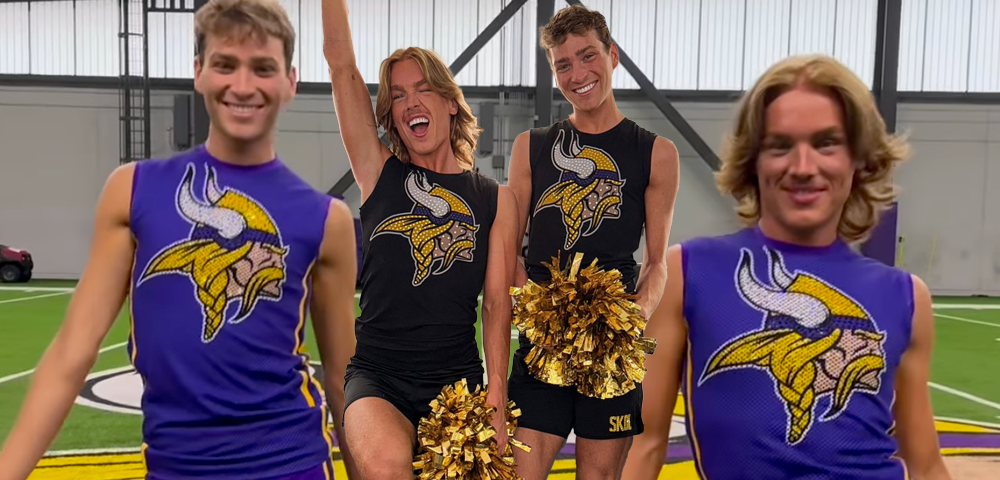

|Hey Regan, did you find out who did the art? would like to use and acknowledge image.
Anyone know who created this image? I’d like to credit the artist!